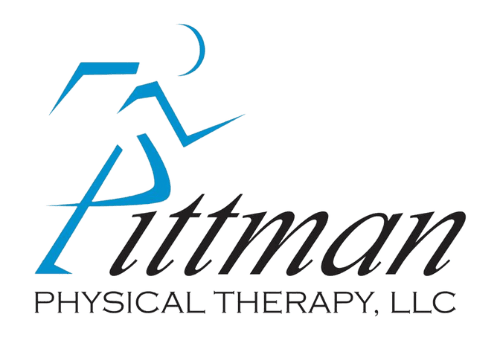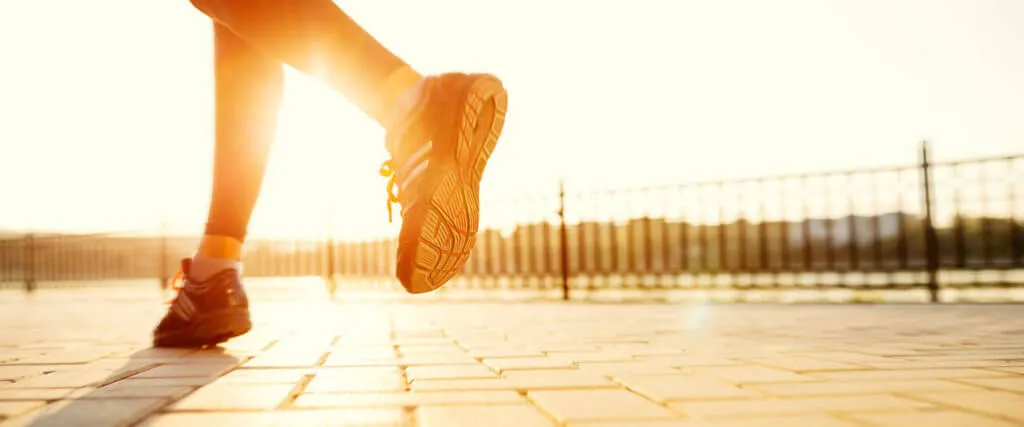Q: How long is this heel pain going to take to go away?
A: It depends…it depends on YOU. In general, it takes to 4 to 8 weeks to go through the
first 2 phases of healing (no pain, all movement and strength back to normal). It may
take another 1 to 4 months to get back to all activities you want to do…depending on
how active you are. This is the third phase of healing. Here are 10 variables that
determine how fast someone can heal:
• Overall health. Healthy people heal faster. Younger people heal faster.
• Other health issues such as diabetes, heart disease, high blood pressure, tobacco use,
alcohol abuse and body weight all influence healing rates…and make the time to heal
longer.
• Diet. People who consume more nutrients in their calories (Dr. Joel Fuhrman calls this
“Nutrarian”) heal faster than those who primarily eat processed foods.
• Rest levels. Our bodies need sleep and rest to rebuild. A lack of sleep slows healing
time.
• Stress levels. People who have high levels of stress heal more slowly.
• Sedentary lifestyle. People who sit all day for work or to watch TV heal more slowly.
• People who follow advice and instruction from top-level healthcare professionals heal
more quickly than those who do not follow-through with care.
• People who are highly aware of their daily postures and habits heal more
quickly…because they can adjust habits such as sleep or sitting positions more quickly.
• Readers heal more quickly. People with higher attention spans are more likely to be
selfeducated
on a topic and more likely to follow-through with successful treatment.
• People who think there’s hope tend to be more persistent and won’t let anything stop
Them.
Q: How long before I see improvements in my heel pain?
A: Most people we see in the clinic feel better in 2 to 3 visits…or within 1 to 2 weeks.
If you go longer than 2 weeks without feeling better or moving better…you may be
wrong about the cause of your heel pain regardless of what your X-ray or MRI shows.
Q: Can I be completely healed or will this heel pain come back again?
A: Most people we see who complete the 3 Phases of Healing (meaning they no longer
have pain, their motion and strength are back to normal and they’re back to doing all
the activities they want to do without pain) …they have a minimal chance the pain will
return. The stronger the person is…the less likely the pain symptoms will come back.
Your body is a bit like a car. If you take care of it, regularly change the oil and keep it
running and fine-tuned…little chance of break down. If you ignore it…very likely to break
down and be in need of repair.
Q: Do I need any special equipment?
A: At my practice, Pittman Physical Therapy, we use a minimalist approach… We don’t
use
big, fancy, expensive equipment. You don’t own this equipment so you can’t use it at
home, right? Also, we don’t spend our lives on this equipment so it isn’t what we
would call “Functional”.
Most exercises can be done with a simple ball, exercise bands and a safe place to
exercise. This allows you to perform some of these exercises at home so you can get
better even faster!
Our model focuses on world-class hands-on Physical Therapist, a table and some basic
exercise equipment you can do at home or on the road if traveling. This works best for
most people.
Q: Should I use heat or ice on my foot?
A: This is a very popular question and the answer is: “It depends.”
Heat: increases blood flow and can help before an activity if your foot is stiff or tight. It
can also help some people with pain relief.
Ice: Decreased blood flow and helps if you are experiencing swelling in your foot after a
lot of activity. It can also help some people with pain relief.
If your foot or ankle is inflamed or irritated do you want to put heat on it and make it
more inflamed? Probably not, if your foot is stiff and tight, do you want to decrease
blood flow there with ice?
Some people’s bodies do respond better to heat or ice from a pain relief perspective.
Some get pain relief from heat, other’s ice. This can be a personal preference but no
matter what, ice decreases blood flow and heat increases it.
Q: Which exercises should I do for my heel pain?
A: The best exercises for you depend on what the cause of your pain is. If we were to
take a global look at most foot and ankle issues there are some key exercises that are
likely to help you recover from most problems.
Q: How often should I do the exercises? And do I need to do them
forever?
A: Most people we work with in the clinic do the exercises at least once per day…every
day. Some will do them up to 3 times per day. Doing the same exact exercises for years
without changing could be a mistake. In general, to get stronger, your exercise should
progress and get more difficult. With training your body adapts. Keeping that in mind,
there are 2 rules to training:
1. Everything works.
2. Nothing works forever.
This means that any exercise (although painful) may make you stronger. But once your
body adapts, it’s time to move on to something different or more challenging.
Q: What do I need to do to get better? Am I going to relapse?
A: The best thing to do for foot and ankle pain, if you are worried about it coming back
again in the future, is to complete all 3 phases of healing.
• Phase One is where you focus on getting rid of the pain, numbness and tingling.
• Phase Two is where you focus on getting normal movement back and full strength.
• Phase Three is where you go back to previous activities you want to do.
In our clinic, after we see a person who had foot or heel pain, and they are now pain
free with full motion and full strength, we ask:
“What activities have you avoided in the past month that you want to get back to
doing?”
Some will say walking, or golfing or gardening…something along those lines. We’ll tell
that person to do everything you want to over the next month that may have caused
you pain in the past.
They need to continue with their exercises at home to get stronger and stronger. Most
come back for a recheck appointment in 2 months and have no trouble at all. Some do
have a relapse.
We then take a look at the activity and at the program and help them get on the right
track. As mentioned before, people who are stronger recover more quickly… So it’s
usually only one or two visits before that person is on the right track again.
Q: How do I know the cause of my heel pain?
A: There are three common causes of foot pain. Here are some general guidelines for
each.
• Traumatic pain- there was a specific mode of injury that initiated the pain. This pain is
commonly accompanied by swelling in the foot, ankle or lower leg. For pain like this,
there was typically tissue damage of varying degrees. Rest, ice, compression and
elevation are recommended, especially within the first 72 hours of injury.
• Overuse injuries- Your body was not prepared to perform an activity or movement over
and over and broke down. You may lack proper range of motion or strength in the
lower extremity and motion was “robbed” from another area, causing dysfunction. The
tissue held up for a while but after repeated improper use, it broke down and started
giving you pain.
• Chronic pain– there may or may have not been a specific mode of injury but this pain
has
been persistent for months to years. It may come and go depending on activity but your
attempts to completely alleviate it have not been successful. Drugs and injections tend
to just mask the symptoms and your body has made compensations at different joints,
changing your body mechanics, to deal with the injury. It is unlikely that the issue will
resolve itself at this point.
Q: Should I stop my activities?
This is a common question and there is no one right answer for everyone. If you have
pain, then you likely have irritated tissue in your body. If there are activities that you
know are irritating that tissue, it is in your best interest to limit those activities. This
doesn’t mean that you will never be able to return to these. It means that in order to
heal as quickly as possible you should limit them now so you can heal.
If you want to share your story or have questions about your foot, ankle, or heal
pain, send me an email at jeremy@pittmanpt.com



